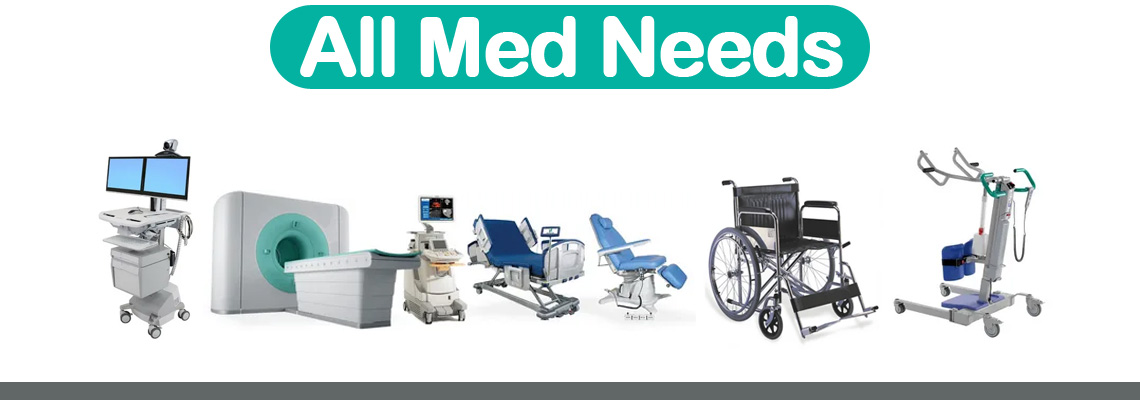
Antiseptic solutions play a pivotal role in modern healthcare by helping prevent infections and maintaining aseptic conditions during medical procedures, wound care, and personal hygiene practices. These solutions are formulated to exhibit potent antimicrobial properties while being gentle on living tissues. In this comprehensive exploration, we delve into the science behind antiseptics, their applications, types, and the importance of their proper use in promoting public health.
Understanding Antiseptic Solutions: The Science Behind
Antiseptic solutions are liquid substances that are designed to inhibit the growth and activity of microorganisms, including bacteria, viruses, and fungi. Unlike disinfectants, which are intended for use on non-living surfaces, antiseptics are formulated to be safe for application on living tissues, such as skin and mucous membranes. This distinction is crucial, as antiseptics must effectively combat harmful microbes while minimizing any potential harm to the human body.
Applications of Antiseptic Solutions: A Multifaceted Approach
The applications of antiseptic solutions are diverse and encompass various sectors, primarily in healthcare settings, personal hygiene, and even some industrial applications. Here are some key areas where antiseptics are integral:
- 1. Preoperative Skin Preparation: Before surgical procedures, antiseptic solutions are used to cleanse the patient's skin, minimizing the risk of introducing microbes into the surgical site and preventing postoperative infections.
- 2. Wound Care: Antiseptics are used to cleanse and disinfect wounds, reducing the chance of infection and promoting faster healing.
- 3. Catheter and IV Line Maintenance: Healthcare professionals employ antiseptic solutions to maintain the cleanliness of catheters and intravenous lines, preventing the introduction of harmful microorganisms.
- 4. Personal Hygiene: In everyday life, antiseptics are used in hand sanitizers, mouthwashes, and skin cleansers to inhibit the spread of infectious agents and promote overall hygiene. 5. Dentistry: Antiseptic mouthwashes are commonly used in dental care to control oral bacteria and maintain gum health. 6. Veterinary Medicine: Antiseptic solutions are applied to animal wounds and surgical sites to prevent infections in veterinary practice.
Types of Antiseptic Solutions: A Spectrum of Options
There is a wide variety of antiseptic solutions available, each with specific properties tailored to different applications. Some of the most commonly used types include:
- 1. Alcohol-Based Solutions: Ethanol and isopropyl alcohol are widely used antiseptics due to their broad-spectrum antimicrobial activity and rapid evaporation, making them effective for hand sanitizers and skin disinfection.
- 2. Chlorhexidine: This antiseptic is often used in surgical settings and for wound care due to its sustained antimicrobial action and low tissue irritation.
- 3. Povidone-Iodine: An effective antiseptic for preoperative skin preparation, povidone-iodine helps prevent surgical site infections.
- 4. Hydrogen Peroxide: Known for its effervescence and oxygen-releasing properties, hydrogen peroxide is used for wound cleansing.
- 5. Quaternary Ammonium Compounds: These antiseptics are used in disinfecting surfaces and skin, and are often found in sanitizing wipes and cleansers.
Ensuring Effective Use: The Importance of Proper Application
The effectiveness of antiseptic solutions hinges on their proper application. Here are some key considerations:
- 1. Concentration and Contact Time: Different antiseptics require specific concentrations and contact times to effectively combat microbes. Properly adhering to these guidelines ensures optimal results.
- 2. Skin Compatibility: While antiseptics are formulated to be gentle, certain individuals may have sensitivities or allergies. Patch testing can help identify potential adverse reactions.
- 3. Avoiding Resistance: Misuse or overuse of antiseptics can lead to the development of microbial resistance. Proper dosing and adherence to guidelines are essential to prevent this.
- 4. Sterile Technique: In medical settings, maintaining a sterile environment and employing aseptic techniques during antiseptic application are crucial to prevent cross-contamination.
Conclusion: A Foundation of Infection Control
In an era where infectious diseases continue to pose a global threat, antiseptic solutions play a vital role in safeguarding public health. From healthcare settings to everyday personal hygiene, these solutions provide an essential line of defense against harmful microorganisms. By understanding their science, proper application, and various types, we can harness the power of antiseptics to promote a healthier, safer world for all.
